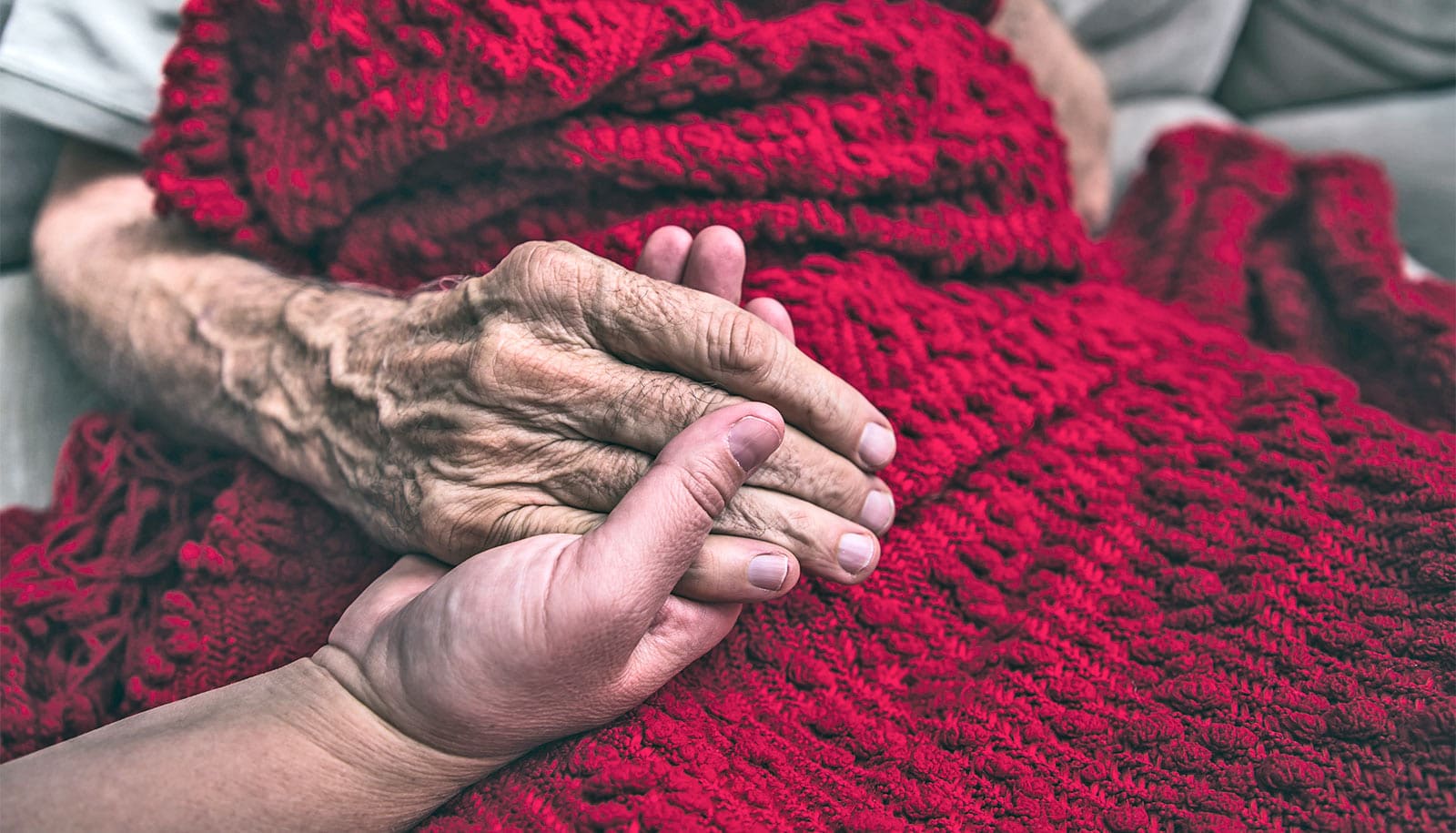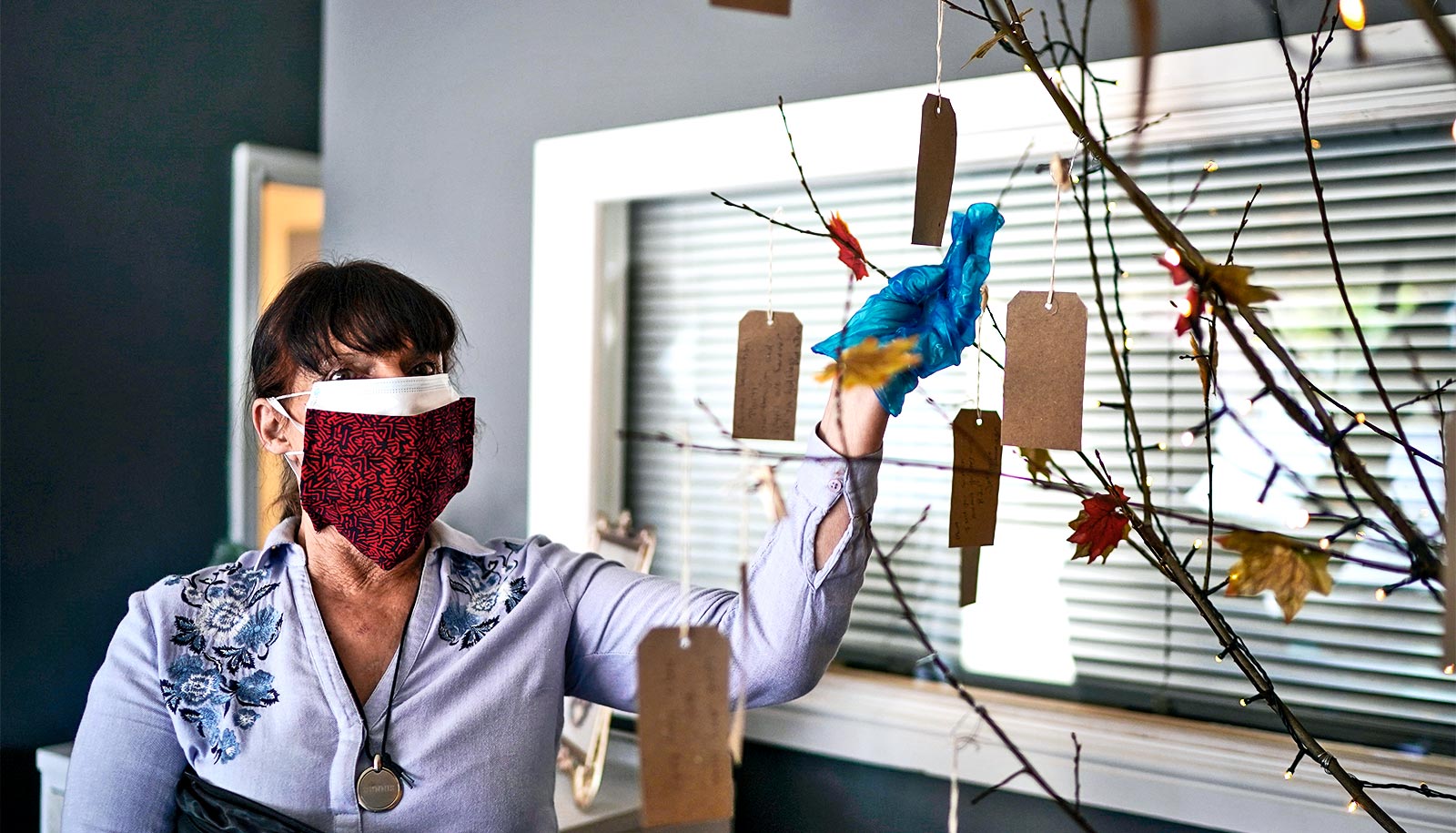Many countries have much room for improvement in end-of-life care, including some high-income countries, researchers report.
They ranked 81 countries on how well their health systems provide for the physical and mental well-being of patients at the end of life. Only six countries earned A grades while 36 earned Ds or Fs.
“We spend billions trying to get people to live longer, but very little in comparison helping people die better.”
Among the most troubling scenes from the COVID-19 era are the images of patients dying in isolation, unable to be with loved ones during their final moments. The new survey shows, however, that even before the pandemic, harrowing deaths were all too common in most parts of the world.
“Society should also be judged on how well people die,” says Eric Finkelstein, a professor and palliative care expert with Duke-NUS and the Duke Global Health Institute who led the study. “Many individuals in both the developed and developing world die very badly—not at their place of choice, without dignity, or compassion, with a limited understanding about their illness, after spending down much of their savings, and often with regret about their course of treatment. These experiences are very common, yet avoidable.”
To compile the rankings, Finkelstein and colleagues surveyed more than 1,200 caregivers from several countries to identify what is most important to patients at the end of life. They then asked 181 palliative care experts across the globe to grade their countries’ health systems on 13 weighted factors that people most often listed, including proper management of pain and comfort, having a clean and safe space, being treated kindly, and treatments that address quality of life, rather than merely extending life.
The United Kingdom earned the highest ranking in the study, followed by Ireland, Taiwan, Australia, South Korea, and Costa Rica, which all earned A grades. Singapore received a B, ranking 23rd among the countries surveyed, while the United States earned a C, ranking 43rd.
At the bottom of the rankings were 20 countries earning failing grades, many of which are low- or middle-income countries with fewer health resources than the top-rated countries.
“Perhaps the main conclusion from this important exercise is that most people in the world die badly—many through no treatment at all and many through excessive often futile treatment that increases suffering,” says Richard Smith, a former editor of the British Medical Journal, who is serving with Finkelstein on The Lancet Commission on the Value of Death, a global panel of palliative care experts who are expected to issue recommendations for improving end-of-life care later this year.
“It’s no coincidence that most of the survey’s top scorers are wealthy countries with well-funded health systems, while low- and middle-income countries fared worse,” says coauthor Stephen Connor, executive director of the Worldwide Hospice Palliative Care Alliance. “The overwhelming need for palliative care is in low- and middle-income countries, where less than a third of services exist.”
But Connor and Finkelstein both point to the US’ middling ranking as proof that money doesn’t always guarantee attention on end-of-life care. In the US, resources are often invested in last-ditch efforts to extend life, rather than measures to ensure comfort and quality of life in a patient’s final days.
“We spend billions trying to get people to live longer, but very little in comparison helping people die better,” says Finkelstein, who is also the director of the Lien Centre for Palliative Care.
The harrowing stories of COVID-19 deaths, when nurses or healthcare workers were often the only people allowed to comfort the dying, should bring renewed focus on end-of-life care, Connor notes.
“Generally, people don’t talk about death. COVID has made it less taboo. We have an opportunity to continue this discussion and not just help COVID patients, but to help everyone have a better end-of-life experience.”
Finkelstein and colleagues hope the country rankings spur action from policymakers to improve conditions for dying patients, such as loosening restrictions on pain medications given to comfort those at the end of life.
But people don’t need to wait for policy change to take steps to ensure a better end-of-life experience. He advises that people develop an advanced care plan or at least express their wishes to friends and family.
“Don’t wait,” Finkelstein urges. “By the time you fall ill, it may be too late and others may not know what you want.”
The research is outlined in three papers (paper 1, paper 2, paper 3) published in the Journal of Pain and Symptom Management. The Lien Foundation, a Singapore-based nonprofit focused on improving quality of life, funded the work.
Source: Duke-NUS


